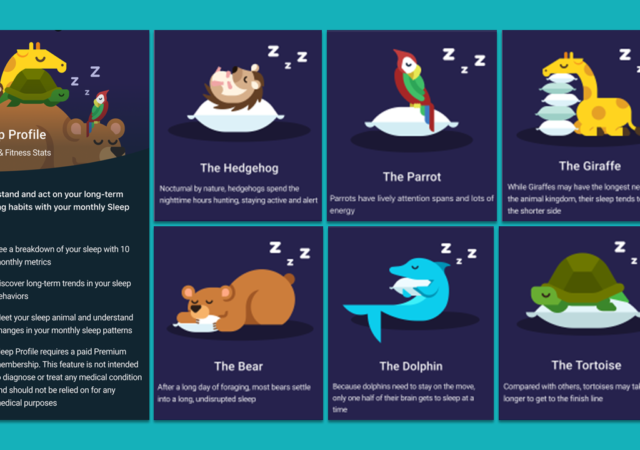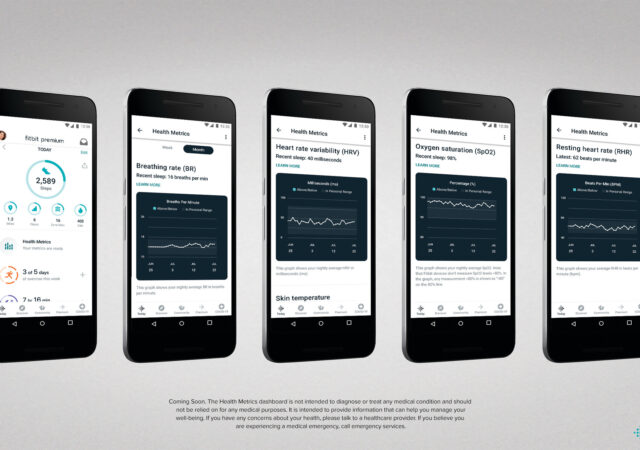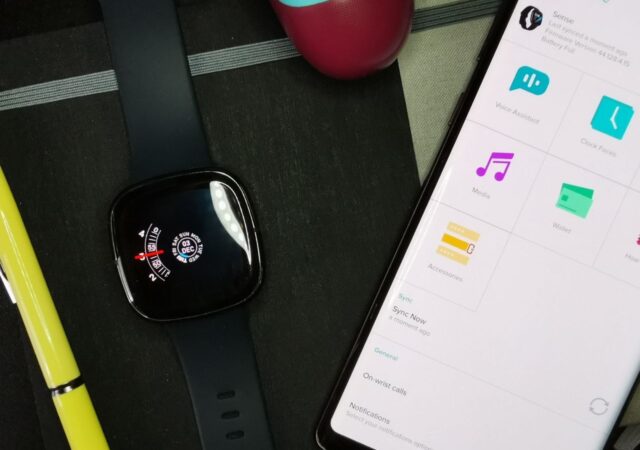Fitbit introduces a new feature for Fitbit Premium users to help them better understand their sleep patterns and its impact on health.
Fitbit Unlocks Health Metrics to More Users
Fitbit is bringing a limited version of their Health Metrics dashboard to more users free. The feature was initially made available for Versa 3 and Sense users with the purchase of the new smartwatch last year. Now, it’s being offered…
The Fitbit Sense In-Depth Review – The Shinier Versa
The Fitbit Sense was introduced together with the Fitbit Versa 3 with new functions and design. Is it any good for MYR 1,498?





